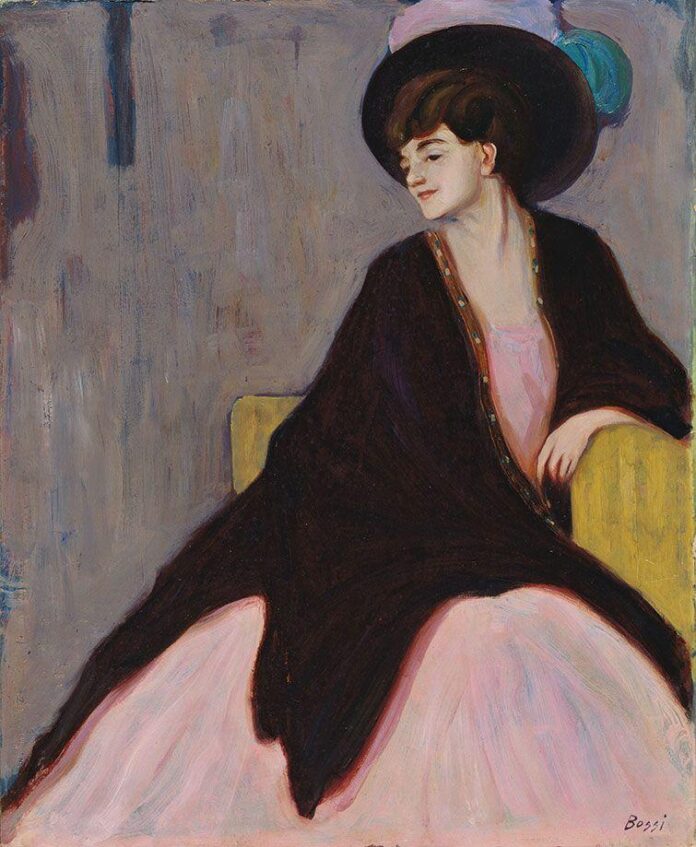A naked woman lies on her side, a baby at her breast. A girl in a red dress sits cradling her doll. Three peasant women in headscarves rhythmically harvest a cornfield. These are just some of the pioneering images produced by a group of female artists active in Germany in the late 19th and early 20th centuries, who will be the subject of Making Modernism: Paula Modersohn-Becker, Käthe Kollwitz, Gabriele Münter, Marianne Werefkin at the Royal Academy of Arts in London. While most of them are reasonably celebrated at home, they have gone virtually unshown in the UK.
“It’s about trying to acknowledge the role these artists played,” says the show’s co-curator Sarah Lea. “The artists are all very different and all have their own individual achievements, but they all really did shape Modernism in their different ways.”

Paula Modersohn-Becker’s Mother with Child on her Arm, Nude II (1906) Museum Ostwall im Dortmunder U. Photo: Jürgen Spiler, Dortmund
Of the four artists, Käthe Kollwitz is probably the best known: a fervently socialist, anti-war printmaker, whose preparatory drawings of children and motherhood will be included here. Paula Modersohn-Becker, who has a museum in Bremen dedicated to her work, is represented with a string of intimate portraits. Gabriele Münter was a founder member of Der Blaue Reiter, the key group of Expressionist painters that also included her partner, Wassily Kandinsky. Lea is most keen to talk up Marianne Werefkin, an almost unknown artist in the UK. “She’s a fascinating artist,” Lea says. “She came to Munich from Russia as already a very accomplished realist painter, and then decided to suspend her career to support her partner, Alexej von Jawlensky. When she returned to work, her painterly idiom was completely transformed.”
Werefkin also founded a salon that led directly to the creation of Der Blaue Reiter, and Lea draws attention to its significance. “The exhibition is also about trying to acknowledge the network and connections that these artists were enabling. Werefkin gathered people together, and the meetings of minds that happened at her salon haven’t really been acknowledged.”

Marianne Werefkin’s Twins (1909) Fondazione Marianne Werefkin, Museo Comunale d’Arte Moderna, Ascona
While other strands of European Modernism are well known and studied in the UK, German Expressionism remains a somewhat neglected area. “German Modernist art isn’t that well represented in our public collections. But these artists do have a currency with painters today, and the themes we examine in the show are very resonant.” Such as? “Balancing a career as a professional painter with other desires and expectations around family life, addressing ideas of motherhood and female subjectivity. We are at a moment when these discussions are very live.
“We actually had a discussion as to whether Expressionism should be part of the exhibition title, but we decided what we wanted to do was focus on these women as individuals who followed their own path in painting. For all of them, it was very much an individual pursuit to find their authentic way.”
• Making Modernism: Paula Modersohn-Becker, Käthe Kollwitz, Gabriele Münter, Marianne Werefkin, Royal Academy of Arts, London,
12 November-12 February 2023

























